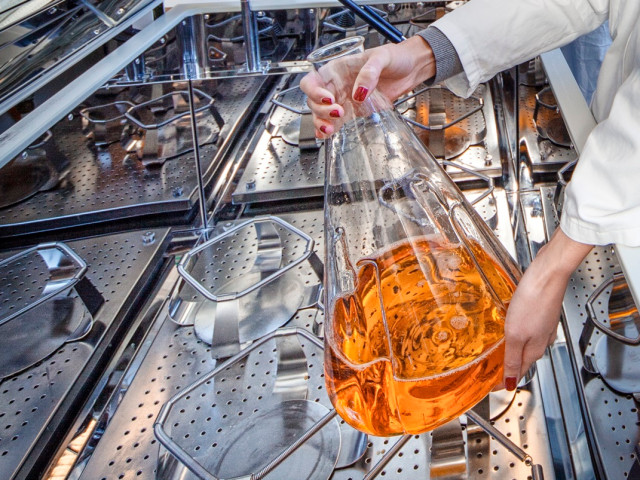Grundläggande förståelse av hur fibrer ifrån huvudsakligen ved kan utvinnas, karakteriseras och modifieras för att användas i så olika produkter som hygienmaterial, förpackningsmaterial, olika papperskvaliteter och en inblick i forskningsfronten för hur fibrer kan användas i nya material för tex energilagring och avancerade kompositer.
Stor vikt lägges vid att
- förklara hur fibrernas hierarkiska struktur hänger samman med egenskaper hos de material som tillverkas av fibrerna och de exempel som ges i kursen kommer ifrån hygienmaterial, förpackningsmaterial, papper och kompositer.
- beskriva hur fibrer växelverkar med fukt och vatten och hur detta kan beskrivas på ett grundläggande sätt och kontrolleras för att uppnå optimala egenskaper
- ge exempel på hur fibrer kan modifieras kemiskt och fysikaliskt
- förklara grundläggande begrepp hur adhesion hos fibrer kan styras av ytkemiska och kemiska modifieringar
